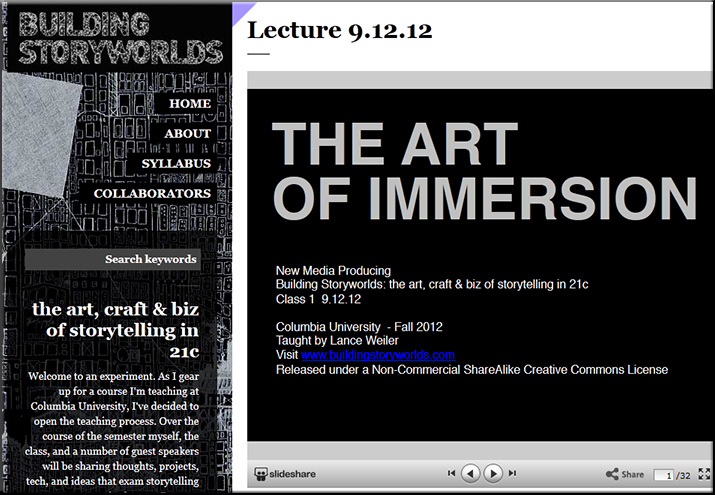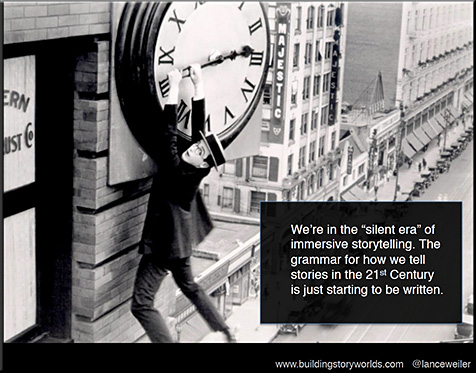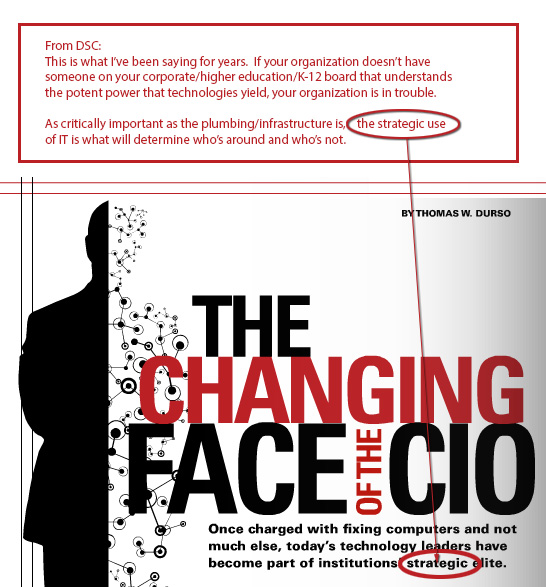The coming revolution in health care — from inc.com by Adam Bluestein
To understand how the American health-care system is about to change, forget Washington. Look to the innovative companies hard at work on the future.
Excerpts/BIG IDEAS:
- Medicine is a marketplace
With new software, the doctor will see you now, not in three weeks.
. - The consumer is king
How to get good data into the hands of patients.
. - The digital health record is here
A cure for chronic paperwork.
. - Health care is social
Is the crowd smarter than your doctor? Just possibly.
. - The house call makes a comeback
A computer screen becomes an exam room.
. - The algorithm is in
Why smart software means better diagnoses.
. - Your doctor is watching you
How a simple text message can make you healthier.
Also see:
- Could ePatient networks become the superdoctors of the future? — from fastcoexist.com by Anita Hamilton
As technology allows patients to pool their knowledge, can the collective experience of the sick create better care?









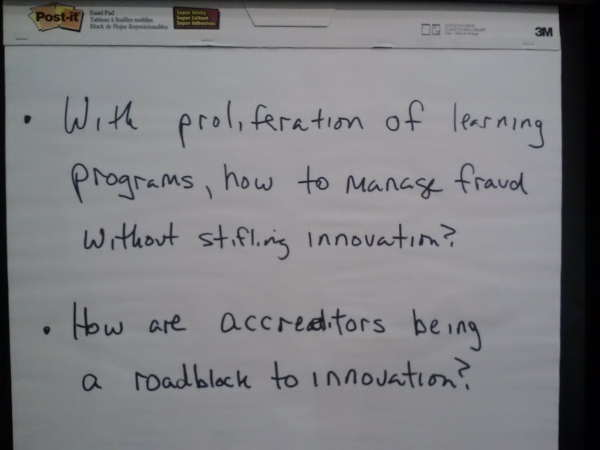
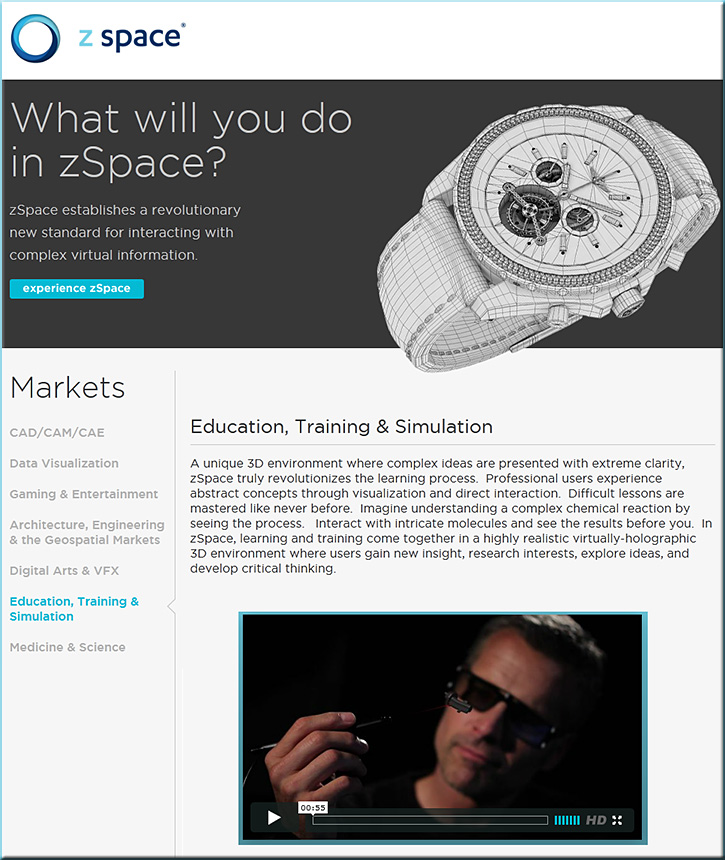

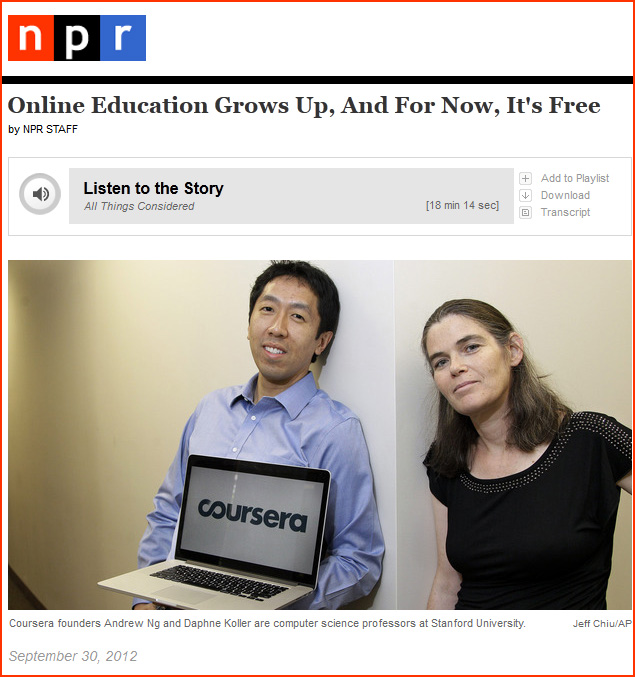
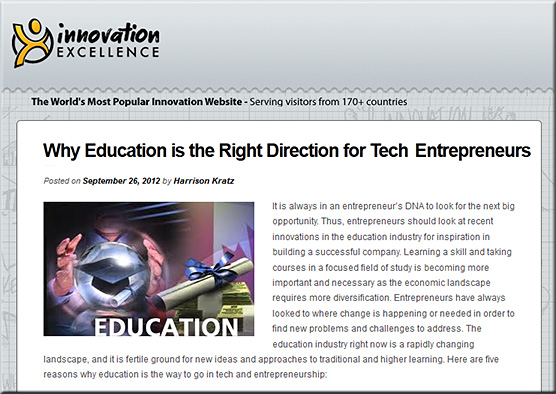
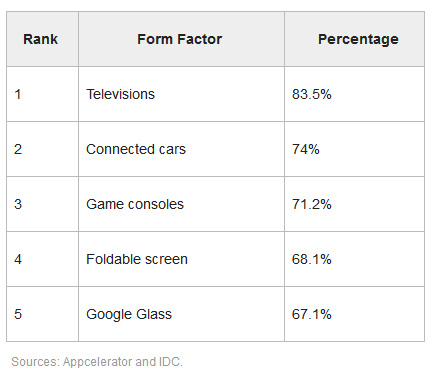

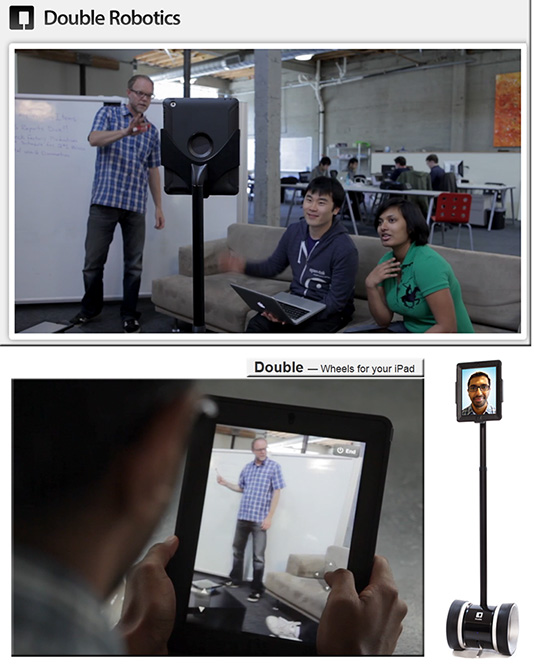

![HigherEducationNowAtBat--DanielChristian Higher education used to be on deck, but is now at bat. [Christian]](http://danielschristian.com/learning-ecosystems/wp-content/uploads/2012/09/HigherEducationNowAtBat-DanielChristian1.jpg)
